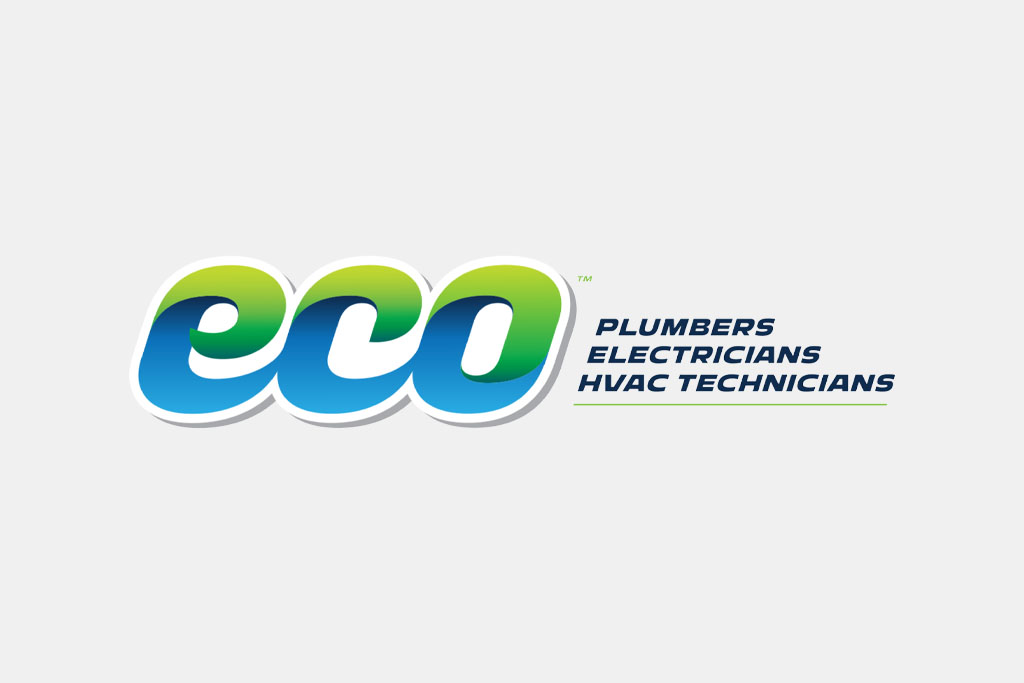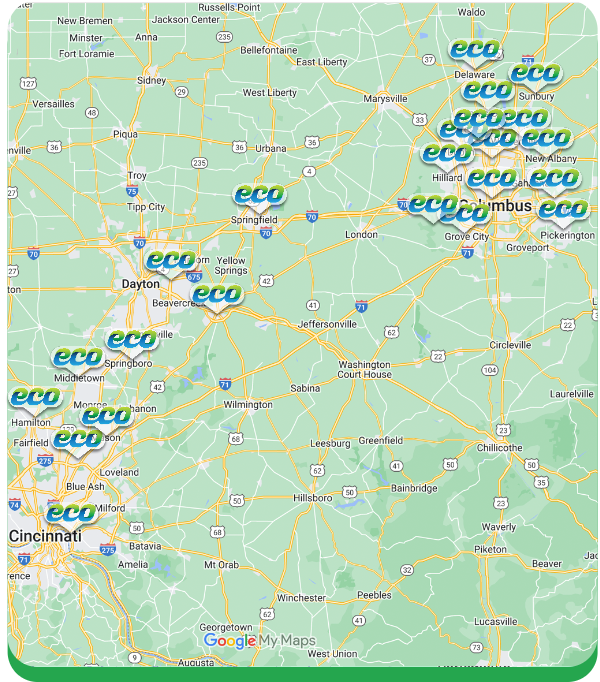Do you ever wonder where your drinking water comes from? You may already be familiar with the water cycle– the process that takes water from the oceans to the clouds to the ground and back again. Cities “plug” into this natural cycle and collect ground and service water that we can eventually use.
Water, Water, Everywhere
There’s a lot of water on the planet, but less than 1% of it is fresh water – meaning it is redeemable for human use. This comes from streams, lakes, rivers, or city reservoirs (like the Griggs or Hoover Reservoir). As rain or snowfall fill these bodies, water is sustained for continued use. Of course, drought can be a serious problem when only relying on these sources.
How People Get Water in Columbus
Usable water comes from two sources: ground and surface water. Here’s how this works in Columbus, Ohio:
Ground water.
Wells and springs, often referred to as aquifers, can be tapped for human use. Rain or melted snow sift through the earth, permeating the soil and gravel levels and gather in these areas. Thus, the water can be pumped and collected at the surface.
Surface water.
Lakes, rivers, streams, and springs are examples of surface water. For instance, the Ohio River sustains 10% of the US population with its fresh water.
The water that gathers in these areas then goes through the following process before it ends up running in your spigots and faucets.
Water treatment.
Ground and surface water is pumped to a treatment facility using a network of pipes. Once there, it is treated and cleaned until it’s safe for human consumption and other uses. This process is strictly monitored, and Columbus releases consumer reports to keep its citizens up-to-date on the system’s quality and performance.
City hookups.
Once contaminants have been removed (or treated to acceptable levels), the water is pumped out of the facility through more pipes, which eventually leads to your home. For example, the Hap Cremean Water Plant connects to the Columbus water tower. These towers use gravity to provide the pressure needed to pump water into homes and businesses; any building at a lower elevation can connect to this fresh water source.
Water Treatment Systems Impact Health and the Environment
This system may seem efficient, but issues like nutrient pollution, drought, and contamination can devastate these sources and our treatment plants. Consider the drought California is struggling with and the conservation effort the state has mandated to fight it.
How to Make a Clean Water and Conservation Impact
Luckily, there’s plenty that you can do to safeguard our city against such a problem, like practicing conservation. Toilets can be replaced with more efficient models, restricting aerators can help you regulate use, and a water audit can pinpoint areas to improve. These eco-friendly practices are as much a part of Eco Plumbers’ personal values as they are our business. If you are interested in ways you can conserve water in your home or business, contact us today.












